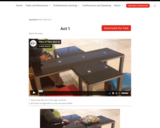
This three-act math task utilizes videos and questioning to help students explore area.
- Subject:
- Mathematics
- Material Type:
- Activity/Lab
- Provider:
- GFletchy
- Author:
- Graham Fletcher
- Date Added:
- 10/25/2022

This three-act math task utilizes videos and questioning to help students explore area.
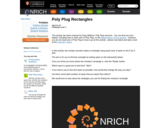
This interactive applet reinforces students' knowledge of the properties of rectangles and gives them a game in which to form and test hypotheses. In a 5x5 grid in which a rectangle has been hidden, students try to fix the location with the fewest number of probes (Note: press 'Start' to hide a different rectangle). Ideas for implementation, extension and support are included along with printable sheets and video clips of classroom testing.

Learn about the dynamic relationships between a jet engine's heat loss, surface area, and volume in this video adapted from Annenberg Learner's Learning Math: Patterns, Functions, and Algebra.
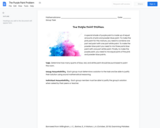
Students determine how much of each paint color is necessary to paint the room they are in. Students use their knowledge of ratios and area to accomplish this task.

This interactive activity adapted from the Wisconsin Online Resource Center challenges you to plan, measure, and calculate the correct amount of roofing material needed to reroof a house.

Students are given a figure and asked to use the information provided to extrapolate the equation for the area of a rhombus and kite.

In this Cyberchase video segment, the CyberSquad learns what happens to the area of a rectangle when the shape enclosed by the perimeter changes.
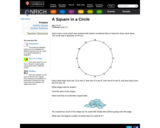
This problem asks students to visualize a square drawn on a clock face and estimate and calculate its area. The problem can be solved without use of the Pythagorean Theorem. Ideas for implementation, extension and support are included along with printable sheets of clock faces.
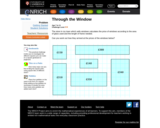
This activity provides students with an opportunity to calculate area and perimeter of rectangles in order to determine the pricing system of objects with given costs (in British Pounds). The resource includes the problem, tips on getting started, a teacher resource page, and a printable student page.

Utah National Parks: Standard 7.G.1 Solve problems involving scale drawings of geometric figures, including computing actual lengths and areas from a scale drawing and reproducing a scale drawing at a different scale.
This formative assessment exemplar was created by a team of Utah educators to be used as a resource in the classroom. It was reviewed for appropriateness by a Bias and Sensitivity/Special Education team and by state mathematics leaders. While no assessment is perfect, it is intended to be used as a formative tool that enables teachers to obtain evidence of student learning, identify assets and gaps in that learning, and adjust instruction for the two dimensions that are important for mathematical learning experiences (i.e., Standards for Mathematical Practice, Major Work of the Grade).
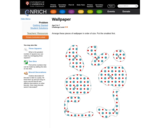
This activity introduces the concept of area and offers students a way to measure it informally, by counting objects in a wallpaper pattern. Students are asked to rank irregular cutouts in order from smallest to largest. The Teachers' Notes page includes suggestions for implementation, discussion questions, ideas for extension and support, and printable sheets.
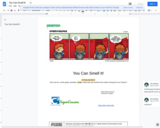
Students will have to solve the real world problem of locker smell leakage by building an air filter that will cover the vents on the top of a locker. This project goes well with a curriculum on the particle nature of gases and phase changes.
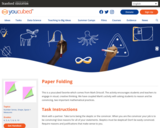
This is a youcubed favorite which comes from Mark Driscoll. The activity encourages students and teachers to engage in visual, creative thinking. We have coupled MarkÕs activity with asking students to reason and be convincing, two important mathematical practices.
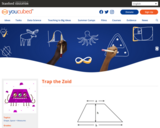
Students explore the area of trapezoids as they draw different examples of trapezoids.